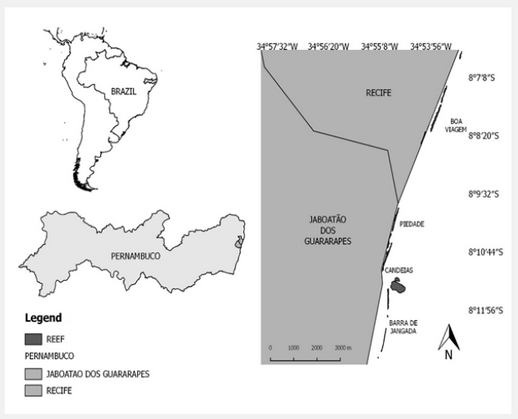Controlling Factors of the Population Dynamics of Two Dominant Bivalves of the Macro-benthic Community on the Sandy Tidal Flats

Oceanography & Fisheries Open Access Journal Juniper Publishers Authored by: Hiroaki Tsutsumi Abstract The edible short-neck clam, Ruditapes philipinnarum , is one of the most dominant species in the macro-benthic community on the sandy tidal flats that face Ariake Bay in Kumamoto Prefecture, western Japan. Until the 1970s, over 40,000 tons of the clams were collected per year on the tidal flats. However, the dense patches disappeared, and the clam-harvesting fishery has suffered from extremely poor catches of less than 500 tons per year over the past three decades. We conducted environmental assessments of the sediment and did quantitative surveys of the macro-benthic community on Midori River Tidal Flats located in Kumamoto between April 2017 and April 2019 and tried to find the reasons why the clam population markedly declined. Asian mussels ( Arcuatula senhousia ) and short-neck clams predominated the macro-benthic community on the tidal flats. Howeve...

